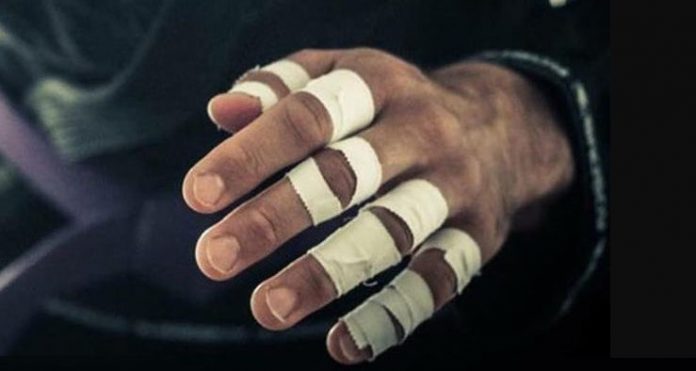
The one spot on our bodies that grappling really affects in a negative way is joints. Whether it is our knee joints, finger joints, elbow joint, or some other, BJJ is sure to take its toll. For some, the pain comes immediately in the form of injuries. That’s not what we’re going to focus on today. The subject of this article is much sneakier and more difficult to recover from the consequence of the grappling lifestyle. Today, we tackle the problem of BJJ arthritis.
There’s a saying out there that goes something like this: “If you’ve been training BJJ for longer than a year, and you wake up pain-free, it means that you’ve died”. For all intents and purposes, this is a fact of grappling life. All those nagging little aches and pains we have one thing in common. They’re going to be even more nagging and painful in the future when they reach the level of full-blown BJJ arthritis.
So, how do you approach this worrying issue? First, you need to be aware that it’ll hunt you for sure if you reaming in BJJ for more than a decade. There’s also a genetic and individual competent to it, so not all grapplers will experience arthritis the same. Secondly, you need to understand arthritis so that you know the warning signs. And finally, you need to accept the fact that it’ll inevitably come and you need to prepare accordingly.
Arthritis As A Disease
So, how do we explain BJJ arthritis without turning this article into a medical piece? Let’s take it to step by step and avoid all the medical nomenclature, to begin with. First and foremost arthritis as a word means inflammation of the joints. It may refer to a specific joint in the body or a multitude of them. In some cases, it may even engulf all of the joints in the body, but these conditions are predetermined. That said, the inflammation might be momentary, meaning you get it due to trauma or overuse and it dies down after a while with the right therapy. The more worrying one is chronic arthritis which never really dies down and flares up regularly. Unfortunately, this is the type of arthritis commonly associated with Jiu-Jitsu.
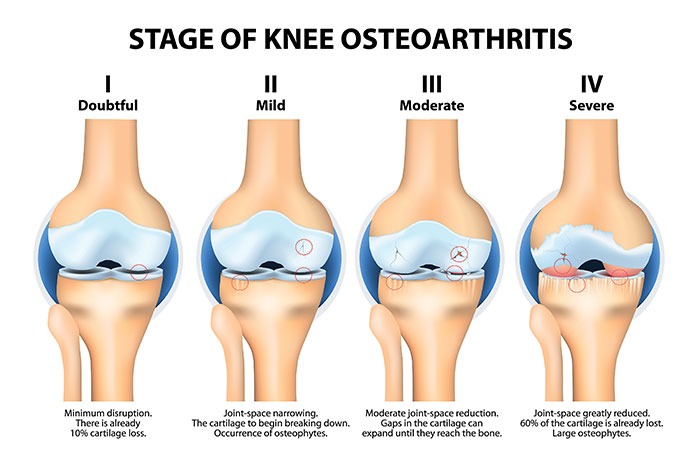
As the cartilage in the joints gets smaller and weaker, the more bone-on-bone contact there is. This, as we already concluded, is extremely painful and lead to further inflammation. Constant and repetitive stress leads to the worsening of the condition.
Now, genetic and autoimmune predispositions aside, BJJ arthritis is a chronic form of ailment that can hit any joint in the body. For example, one body part that’s all but certain to develop arthritis is the joints of the fingers.
Dealing With BJJ Arthritis
So, now that we understand arthritis and we’re aware that there’s no getting away from it, what do we do? After all, giving up BJJ is not really an option, otherwise, that would’ve prevented arthritis from even showing up.
In terms of practical solutions that are available to grapplers, there are a few that actually work. Do not expect to cure arthritis altogether. That said, there are ways you can reduce the effects and train as pain-free as possible. These solutions include a few changes to the way you approach training and, more importantly, recovering from it.
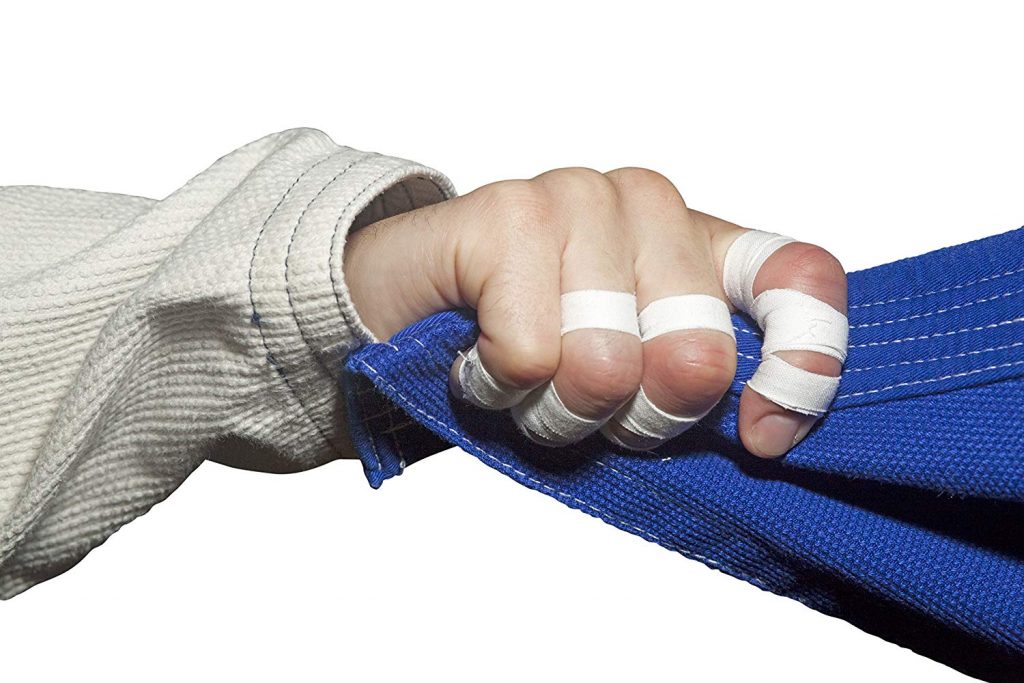
As far as anatomical strengths go, joints work closely with specific surrounding muscles. This translates to increased joint stability when associated muscles are stronger. IN terms of this, make sure you include some form of strength training outside of the gym, especially with affected joints. Also, make isometric exercises a part of your routine as they help muscles work on stabilization more which gives the joint a rest.
In recovery terms, focus on adding flexibility and mobility work to your daily routine. Even if you’re not training, you need to go for mobility work daily. On days when you train, mobility is absolutely mandatory.
Finally, a huge one is warming up. If you have a specific joint affected by arthritis, make sure you give it proper attention during warm-ups. If you have more than one joint, be ready to warm up significantly longer.
The Nutritional Side Of Resolving Arthritis
There’s one aspect of dealing with BJJ arthritis many people do not really comprehend is the nutritional one. As with many other chronic conditions, nutrition plays a huge part of prevention and control. In terms of arthritis, there are a few strategies and some supplements that you should consider looking into. And remember that as important as what to use is, what to avoid is equally as crucial.
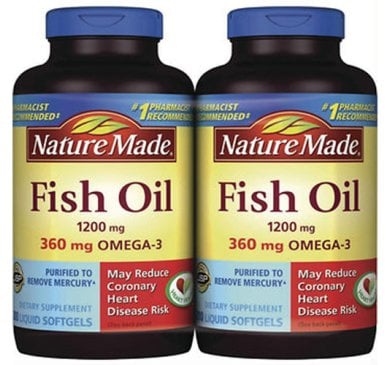
Another very underrated product is Curcumin. While many people think that this is based in mumbo –jumbo, there are actually studies out there that support curcumin’s anti-inflammatory properties. Once again, go for a curcumin-rich supplement, as all the powdered curcumin spice in the world won’t really help you deal with arthritis.
On a finishing note, let’s glance over one supplement that doesn’t really do anything. It is down to shrewd marketing that grapplers with arthritis turn to glucosamine and/or chondroitin products for help. These compounds have no effect on joint pain or slowing down arthritis whatsoever. And remember, arthritis is just another opponent that you need to beat. So fight smart!
Dealing With Jiu-Jitsu Injuries: Elbow Joint Hyperextension
What Is The Best BJJ Finger Tape, How To Use It & Why


![Darce Choke Encyclopedia – Origins, Mechanics and Variations [2024] BJJ, choke, Brabo, BJJ Darce Choke, D'arce Choke, Darce BJJ Choke](https://bjj-world.com/wp-content/uploads/2017/11/JungPoirierLeeYahoo-218x150.jpg)






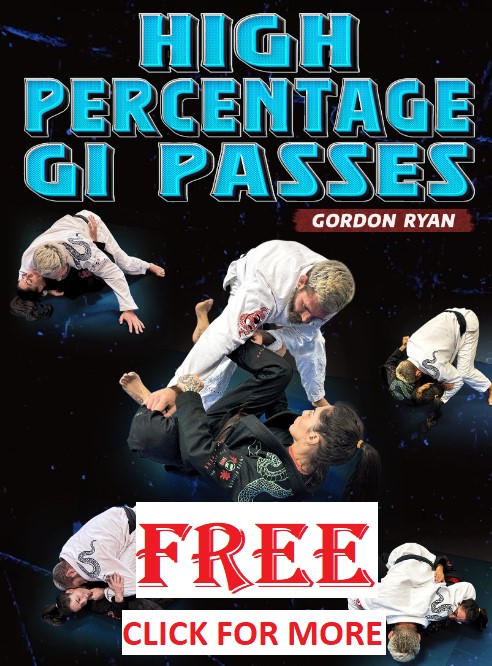



![Best Marcelo Garcia Techniques by Team Marcelo Garcia DVD Review [2025] Best Marcelo Garcia Techniques by Team Marcelo Garcia DVD Review](https://bjj-world.com/wp-content/uploads/2025/02/best-marcelo-garcia-techniques-dvd-review-218x150.png)
![Forging The De La Riva Guard Giancarlo Bodoni DVD Review [2025]](https://bjj-world.com/wp-content/uploads/2025/02/de-la-riva-guard-giancarlo-bodoni-dvd-review-218x150.png)

![Breaking Their Guard Mikey Musumeci DVD Review [2025] Breaking Their Guard Mikey Musumeci DVD Review](https://bjj-world.com/wp-content/uploads/2025/02/breaking-their-guard-mikey-musumeci-dvd-review-218x150.png)


![A Blueprint For Smeshing Khabib Nurmagomedov DVD Review [2024] A Blueprint For Smeshing Khabib Nurmagomedov DVD Review](https://bjj-world.com/wp-content/uploads/2024/10/blueprint-for-smeshing-khabib-nurmagomedov-dvd-review-100x70.png)
![How To Knee Cut Junny Ocasio BJJ DVD Review [2025] How To Knee Cut Junny Ocasio BJJ DVD Review](https://bjj-world.com/wp-content/uploads/2025/02/how-to-knee-cut-junny-ocasio-bjj-dvd-review-100x70.png)
![Top Half Guard Neil Melanson DVD Review [2025] Top Half Guard Neil Melanson DVD Review](https://bjj-world.com/wp-content/uploads/2025/02/top-half-guard-neil-melanson-dvd-review-100x70.png)

![Slay The Wrestle Up Guard Nick Rodriguez DVD Review [2024] Slay The Wrestle Up Guard Nick Rodriguez DVD Review](https://bjj-world.com/wp-content/uploads/2024/12/slay-the-wrestle-up-guard-nick-rodriguez-dvd-review-100x70.png)
![Double Sleeve Guard Jon Thomas BJJ DVD Review [2024] Double Sleeve Guard Jon Thomas BJJ DVD Review](https://bjj-world.com/wp-content/uploads/2024/10/double-sleeve-guard-jon-thomas-bjj-dvd-review-100x70.png)

![Shin to Shin Eoghan O’Flanagan DVD Review [2025] Shin to Shin Eoghan O'Flanagan DVD Review](https://bjj-world.com/wp-content/uploads/2024/12/shin-to-shin-eoghan-oflanagan-dvd-review-100x70.png)

![Neil Melanson DVD Bundle Review: Filthy Brutal No Good Attacks [2024] Neil Melanson DVD Bundle Review: Filthy Brutal No Good Attacks](https://bjj-world.com/wp-content/uploads/2024/10/neil-melanson-dvd-bundle-review-filthy-attacks-100x70.png)

![360 Degrees Guard Retention Thiago Abud DVD Review [2024] 360 Degrees Guard Retention Thiago Abud DVD Review](https://bjj-world.com/wp-content/uploads/2024/10/360-degrees-guard-retention-thiago-abud-dvd-review-100x70.png)


![Underhooks With Uncle Jeff Glover DVD Review [2025] Underhooks With Uncle Jeff Glover DVD Review](https://bjj-world.com/wp-content/uploads/2025/02/underhooks-with-uncle-jeff-glover-dvd-review-100x70.png)

![Effectively Passing The Guard Luke Griffith DVD Review [2025] Effectively Passing The Guard Luke Griffith DVD Review](https://bjj-world.com/wp-content/uploads/2025/01/passing-the-guard-luke-griffith-dvd-review-100x70.png)
![Grappling Takedown Dominance Brandon Ruiz DVD Review [2025] Grappling Takedown Dominance Brandon Ruiz DVD Review](https://bjj-world.com/wp-content/uploads/2025/01/grappling-takedown-dominance-brandon-ruiz-dvd-review-100x70.png)
![Feet Finder Foot Sweeps Christian Ozbek DVD Review [2024] Feet Finder Foot Sweeps Christian Ozbek DVD Review](https://bjj-world.com/wp-content/uploads/2024/09/feet-finder-foot-sweeps-christian-ozbek-dvd-review-100x70.png)

![Eoghan O’Flanagan Bundle Down Right Sloppy Jiu-Jitsu Review [2024] Eoghan O'Flanagan Bundle Down Right Sloppy Jiu-Jitsu Review 2024](https://bjj-world.com/wp-content/uploads/2024/09/down-right-sloppy-jiu-jitsu-eoghan-oflanagan-bundle-100x70.png)
![Reverse De La Riva System Mikey Musumeci DVD Review [2024] Reverse De La Riva System Mikey Musumeci DVD Review](https://bjj-world.com/wp-content/uploads/2024/11/reverse-de-la-riva-system-mikey-musumeci-dvd-review-100x70.png)

![Crossing and Spinning Steps To Attack Israel Hernandez DVD Review [2024] Crossing and Spinning Steps To Attack Israel Hernandez DVD Review](https://bjj-world.com/wp-content/uploads/2024/09/spinning-steps-to-attack-israel-hernandez-dvd-review-100x70.png)
![Roger Gracie Guard Passing System DVD Review [2025] Roger Gracie Guard Passing System DVD Review](https://bjj-world.com/wp-content/uploads/2025/02/roger-gracie-guard-passing-system-dvd-review-100x70.png)

![Position And Submission Escapes Craig Funk DVD Review [2025] Position And Submission Escapes Craig Funk DVD Review](https://bjj-world.com/wp-content/uploads/2025/02/position-and-submission-escapes-craig-funk-dvd-review-100x70.png)
